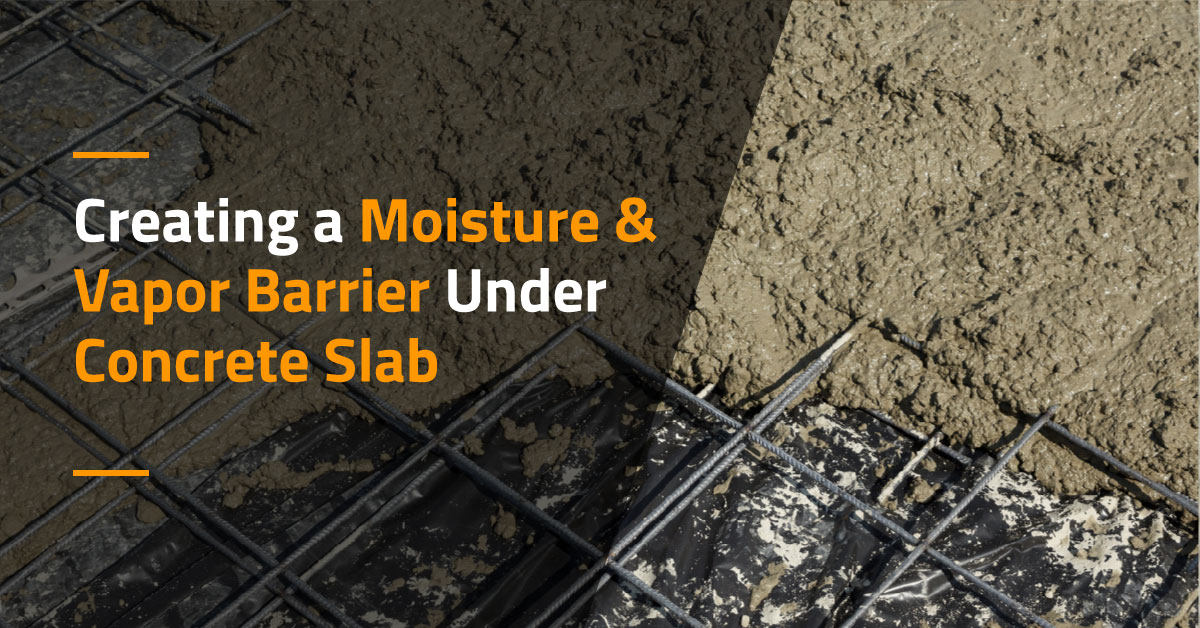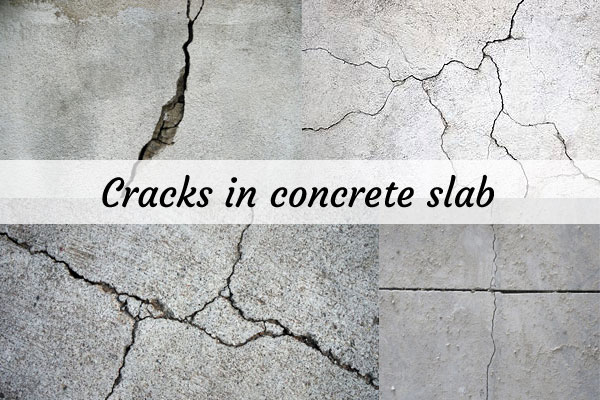Fire damaged concrete spalling of concrete to beams and a column caused by fire concrete has good fire resistance and concrete structures generally perform well when fire damage occurs.
Fire damage to concrete slabs.
For short term exposure concrete is fire resistant enough to survive undamaged.
Digital rebound concrete hammer.
Even though concrete is non flammable and offers excellent fire protective qualities for preventing the spread of fire it loses most if not all of its structural strength characteristics when exposed to extreme heat.
Assessment of fire damaged structures.
A separate issue is the foundation load path can be damaged by the fire event.
Consult an engineer.
Fire doesn t damage concrete immediately as it damages wood.
Repairing cracks in concrete is usually inefficient as they will remain weak spots in the concrete base.
Prolonged exposure to high temperatures like the ones generated from a wood burning fire pit however can cause the concrete base to crack and spall over time.
Being able accurately to assess the condition of concrete after a fire is important not only for safety reasons but also for economic reasons.
However the visual appearance of concrete after a fire can be quite shocking with extensive blackening often accompanied by spalling and cracking.
All rc bubble slab exposed to 300 and 400 spalling occurred damage of spalling for bubble slabs exposed to 300 in 30 minute fire duration more than 400 by 32 otherwise at 60 minute.
Determine what kind of repair is necessary by using a concrete rebound hammer.
How to repair fire damaged concrete step 1.
Buildings parking garages bridges and concrete lined tunnels are examples of structures that can be damaged by fire.
Most fire damaged structures can be successfully repaired this being the more cost effective solution than demolition and reconstruction.
Concrete can be damaged by heat.
Blast the soot from the surface of the concrete with either a dry ice mixture or sand.
A serious house fire can generate enough heat to damage and weaken the concrete and steel reinforcement bars in footings slabs and footing stem walls.
If the bottom side of the slab is subjected to fire the strength of the concrete and the reinforcing steel will decrease as the temperature increase.
Although in many cases concrete can withstand the effects of fire and retain much of its load bearing capacity exposure for a long time or to too intensive fires can seriously damage the concrete.




























